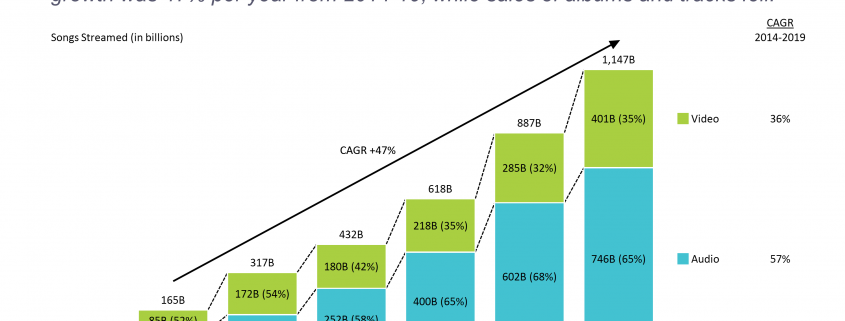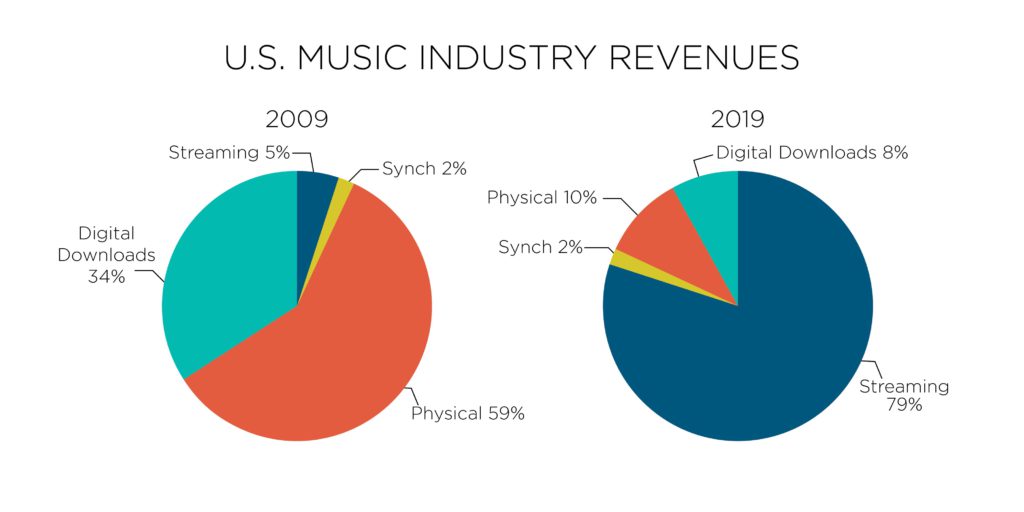The music charts can be a bit overwhelming, especially for casual listeners trying to understand how songs and albums climb to the top. With multiple ways to measure a track’s success, it’s crucial to understand the differences between sales, streams, and airplay charts. These three primary metrics each capture a unique aspect of how music is consumed and enjoyed by fans worldwide.
Let’s break down what each of these charts measures, how they impact an artist’s ranking, and why they are important in the music industry. Whether you’re a fan, artist, or music industry professional, understanding the differences between these charts can give you a clearer picture of how popular a song really is.
1. Sales Charts: Tracking Physical and Digital Purchases
Sales charts measure the number of units sold, both physically (CDs, vinyl, etc.) and digitally (downloads from platforms like iTunes). These charts are one of the oldest and most traditional ways of tracking music success. While physical sales have decreased with the rise of streaming, digital downloads still play an important role in determining a track’s or album’s popularity.
In sales charts, the primary focus is on the volume of actual purchases. This method is particularly effective for showcasing how much direct financial support a song or album receives from its fans. A high position in sales charts can reflect loyal fanbases and effective marketing campaigns, especially for big-name artists who still thrive on physical copies.
2. Streams Charts: Measuring On-Demand Listening
With the advent of streaming platforms like Spotify, Apple Music, and YouTube, music consumption has shifted toward on-demand listening. Streams charts track the number of times a song is played on these services. Unlike sales charts, streams reflect how frequently people listen to a track, but not necessarily their financial support.
While streams are an excellent indicator of a song’s reach and the artist’s ability to engage listeners, they don’t always equate to direct revenue. A single stream, often paying only fractions of a cent to the artist, doesn’t compare to the revenue generated by a song sold digitally or physically. However, with millions of users across streaming services, streaming plays a massive role in shaping current music terrain, influencing everything from chart positions to artist visibility.

3. Airplay Charts: Reflecting Radio and Broadcast Popularity
Airplay charts measure how often a song is played on the radio, including both traditional terrestrial stations and digital or satellite channels. Airplay is often considered a key indicator of mainstream popularity because it suggests that a song has captured the attention of a large audience, not just those actively choosing to stream or purchase music.
One key advantage of airplay is its ability to reach listeners who may not actively engage with music via streaming platforms. For artists, securing consistent airplay can significantly boost a song’s visibility. Airplay charts also help identify songs that have strong commercial potential, as radio plays are closely linked to broader media coverage and public awareness.

4. Comparing the Impact of Sales, Streams, and Airplay
Each of these charts provides valuable insight into an artist’s success, but they measure different aspects of music consumption. Sales charts reflect the direct financial support from fans, showing how much they are willing to invest in physical or digital copies. Stream charts highlight the volume of engagement on platforms like Spotify, revealing an artist’s digital popularity. Meanwhile, airplay charts provide an overview of a song’s mainstream radio appeal, showing its reach to wider audiences.
By understanding how these charts differ, it becomes clear that no single metric can fully define an artist’s popularity. Some artists may dominate the airwaves but have lower streaming numbers, while others may perform well in digital sales but lack radio play. Together, sales, streams, and airplay charts help paint a more complete picture of an artist’s terrain impact in the music industry.


